Growing Environmental Concerns
Environmental concerns are increasingly influencing the ground penetrating-radar market in the GCC. As governments and organizations prioritize sustainable practices, the need for non-invasive subsurface investigation methods has become paramount. Ground penetrating radar offers a solution that minimizes environmental disruption while providing essential data for site assessments and remediation projects. The market is likely to see a surge in applications related to environmental monitoring and assessment, as stakeholders seek to comply with stringent regulations. This shift towards environmentally friendly technologies is expected to contribute to a projected market growth of around 6% annually, reflecting the industry's adaptation to evolving environmental standards.
Rising Demand for Utility Mapping
The ground penetrating-radar market is experiencing a notable increase in demand for utility mapping services across the GCC region. As urbanization accelerates, the need for accurate subsurface information becomes critical for infrastructure projects. This demand is driven by the necessity to avoid utility strikes during construction, which can lead to costly delays and safety hazards. The market for utility mapping is projected to grow at a CAGR of approximately 8% from 2025 to 2030, indicating a robust expansion in the ground penetrating-radar market. Furthermore, the integration of GPR technology in utility mapping enhances the efficiency and accuracy of locating underground utilities, thereby supporting the overall growth of the industry.
Increased Investment in Archaeological Research
The The ground penetrating-radar market is benefiting from heightened investment in archaeological research within the GCC region. As cultural heritage preservation gains prominence, GPR technology is being utilized to uncover and study historical sites without invasive excavation. This non-destructive approach allows archaeologists to gather valuable data while preserving the integrity of archaeological sites. The GCC region has seen a rise in funding for archaeological projects, which is likely to drive demand for ground penetrating radar services. The market could experience growth rates of approximately 7% as more institutions and governments recognize the value of GPR in archaeological applications, thereby enhancing the overall landscape of the industry.
Technological Integration in Surveying Practices
The integration of advanced technologies in surveying practices is reshaping the ground penetrating-radar market. Innovations such as 3D imaging and data analytics are enhancing the capabilities of GPR systems, making them more effective for various applications. As surveying techniques evolve, the demand for sophisticated GPR solutions is expected to rise, particularly in sectors like construction, archaeology, and environmental monitoring. The market is anticipated to grow at a rate of 7% as professionals seek to leverage these technological advancements to improve accuracy and efficiency in subsurface investigations. This trend indicates a shift towards more comprehensive and integrated approaches in the ground penetrating-radar market.
Expansion of Construction and Real Estate Sectors
The expansion of the construction and real estate sectors in the GCC is a significant driver for the ground penetrating-radar market. With numerous mega-projects underway, including residential, commercial, and infrastructure developments, the need for precise subsurface data is critical. Ground penetrating radar technology aids in site evaluation, ensuring that construction activities are conducted safely and efficiently. The construction sector in the GCC is projected to grow by 5% annually, which will likely bolster the demand for GPR services. This growth is indicative of the increasing reliance on advanced technologies to mitigate risks associated with subsurface conditions, thereby reinforcing the market's position within the industry.

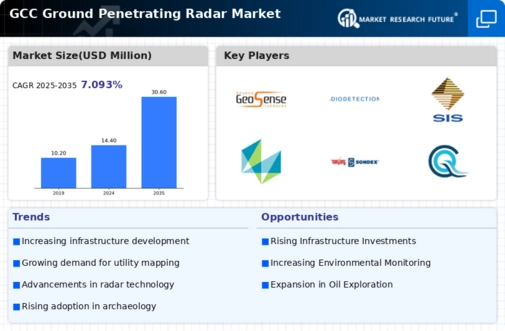
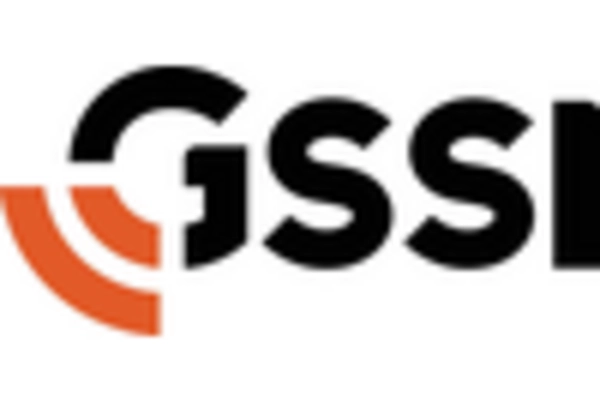
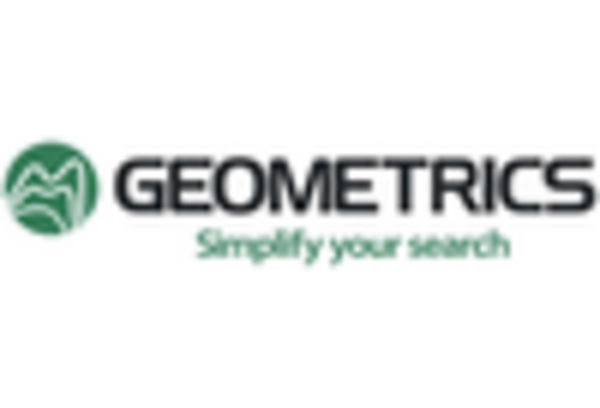
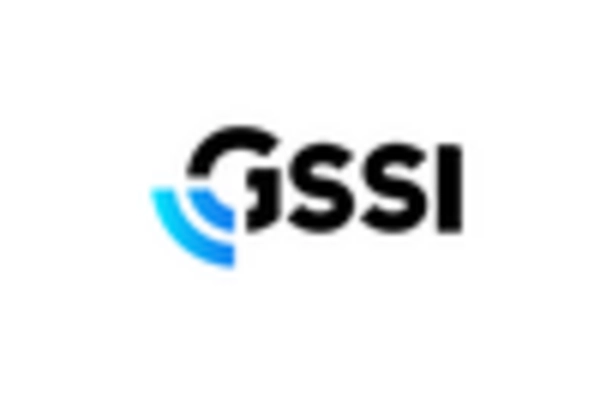
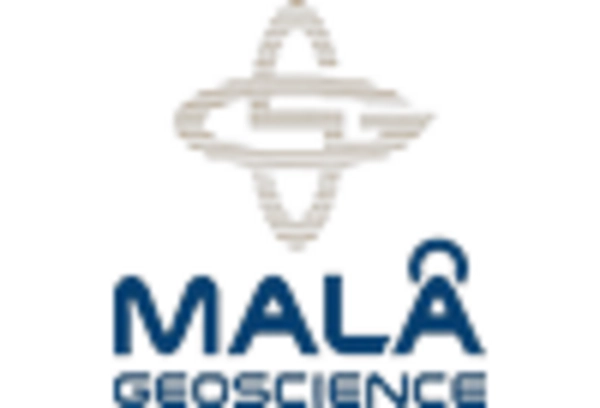
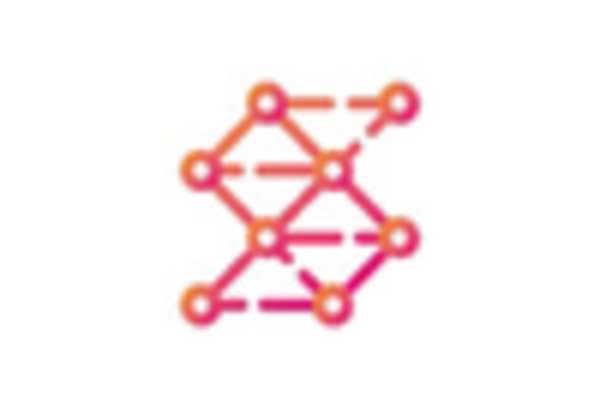









Leave a Comment